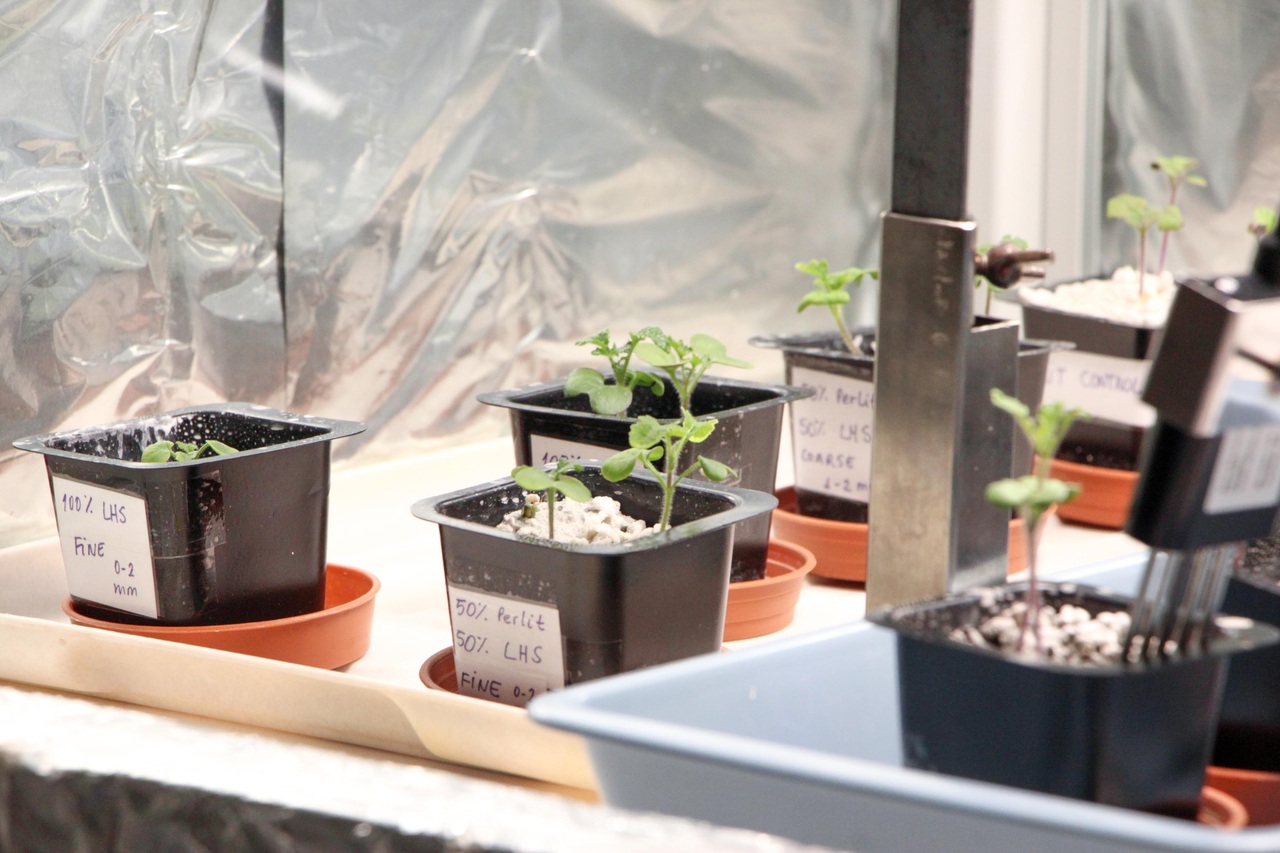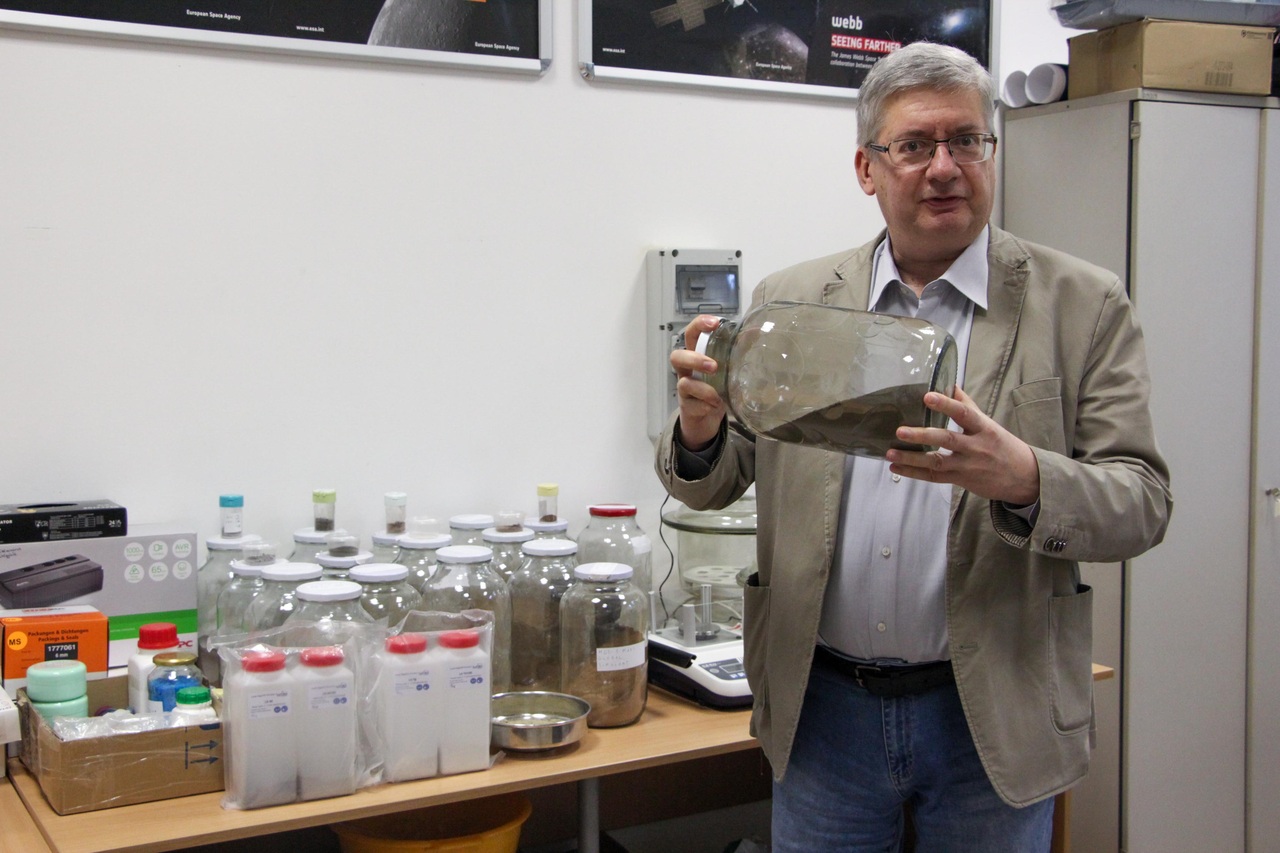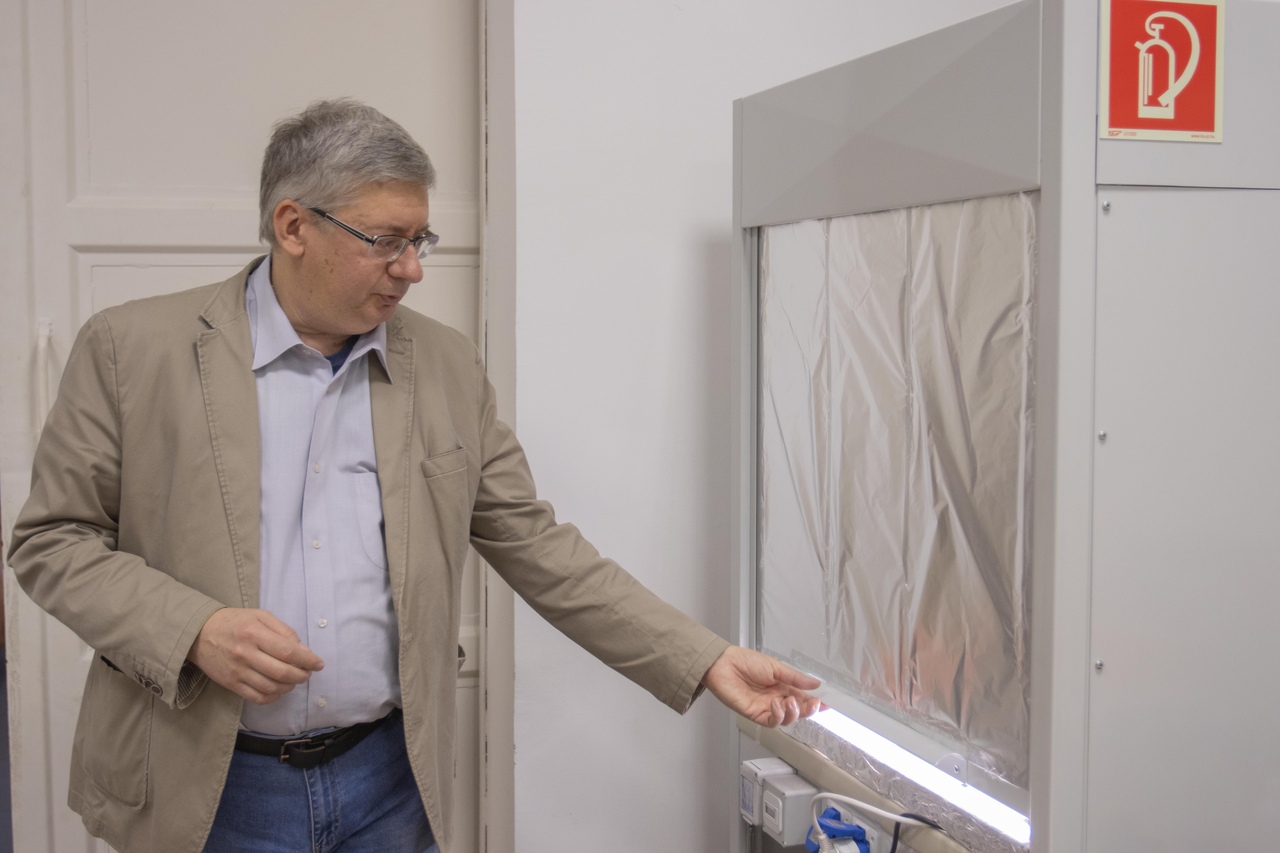Historic achievement: Hungary grows plants in lunar soil for the first time – PHOTOS

In a groundbreaking achievement, researchers at the Hungarian University of Agriculture and Life Sciences (MATE) have successfully cultivated viable mustard plants in lunar soil. Remarkably, the plants thrived so well that they produced three viable seeds—an unprecedented feat globally. The team simulated lunar cave conditions for this experiment.
Breakthrough: Successful plant growth in lunar soil
Despite its small size, mustard seed can yield surprising results, as confirmed by experts from MATE’s Institute of Engineering, including lead researcher György Barkó. NASA has published guidelines suggesting which plants may survive in soil akin to that found on the Moon. These plants must meet strict criteria, such as low water needs, high oxygen production, and the ability to bind volatile organic compounds. Mustard, along with other plants like sage and arugula, stood out in these tests.

MATE’s researchers demonstrated that mustard is the most promising candidate from NASA’s recommended list. They observed that mustard seeds germinated and grew even with minimal water added to the lunar soil. This discovery marks a significant advance, as it contrasts with previous hydroponic methods, showcasing the potential for growing plants in soil using just a few drops of water. Barkó noted that minimal water could be derived from breaking down existing minerals, like copper sulfate, which releases water upon heating. The researchers emphasised the necessity of a controlled environment to protect plants from radiation on the Moon.
For planting on the Moon, the researchers suggest using caves or drilled tunnels. In their specialised facility, they recreated lunar-like cave conditions, adjusting factors like lighting and water levels while excluding pressure differences. The goal is not only to grow and sustain the plants but also to ensure they produce new seeds. This task proved successful, with the artificially grown mustard yielding three seeds, a unique achievement not replicated elsewhere.

The seeds are currently under analysis at ELTE HUN-REN Agricultural Research Center, where further investigations will determine if they absorb harmful heavy metals from the soil, affecting their suitability for human consumption, as Barkó explained. Scientific results are expected by the end of the year.
Another significant concern for the researchers is whether the seeds will change after being sent into space. In February, Barkó’s team plans a unique experiment using a Falcon 9 rocket to launch mustard seeds into space, followed by their return to Earth. The study will assess the seeds’ viability and the effects of acceleration and radiation during the journey, providing insights into their suitability for a journey to the Moon.

Read also:
- Conference on space and climate change held in Budapest
- Discover Hungary’s new space training programme in English!
Source:





